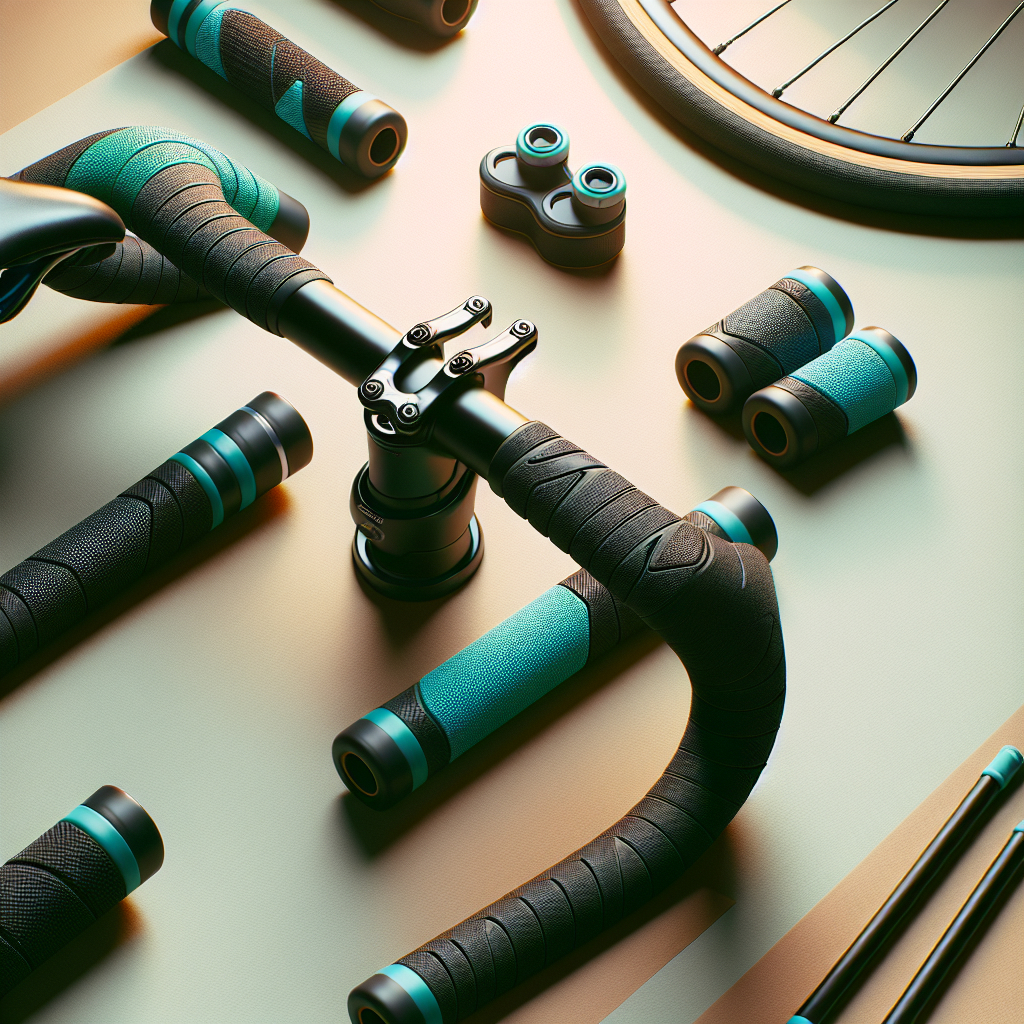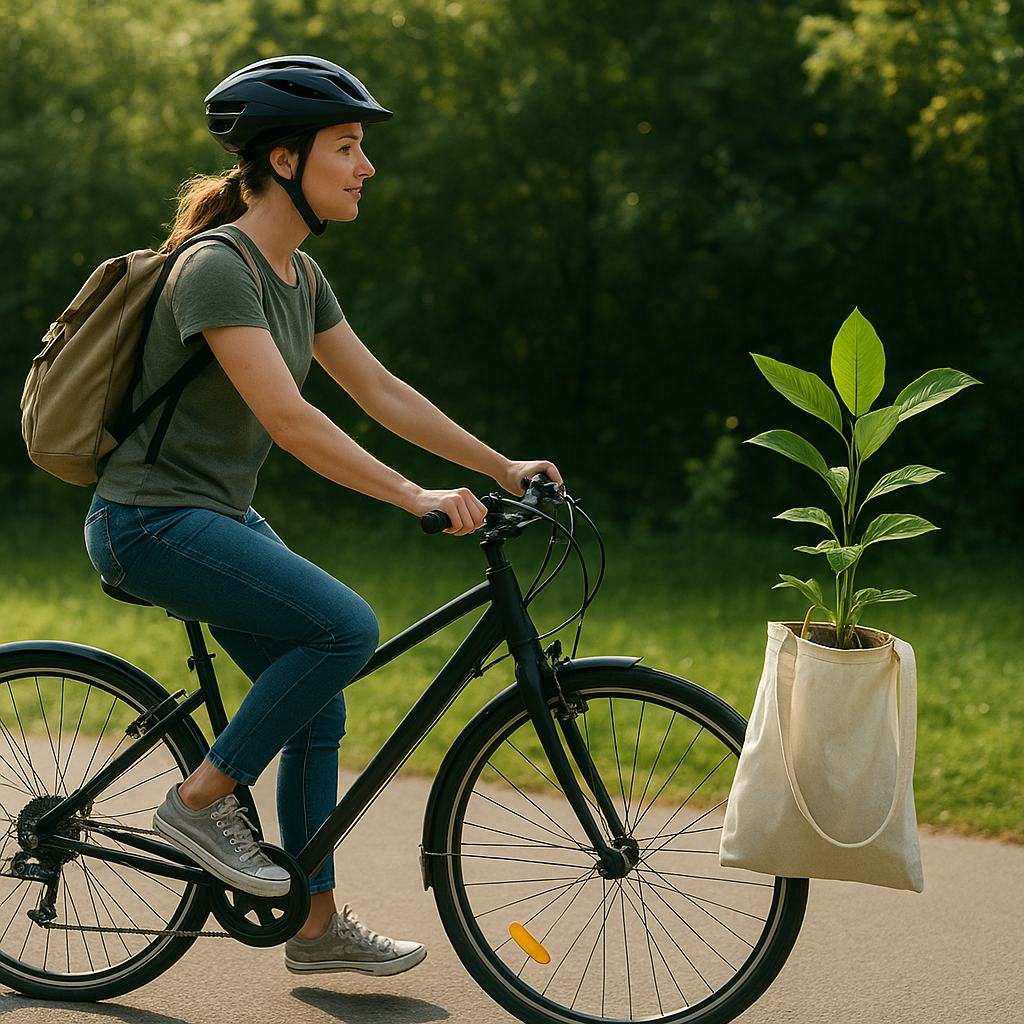
Handlebar tape and grips are essential components for enhancing both comfort and control while cycling. Whether you’re a casual rider or a professional cyclist, the right handlebar setup can make a significant difference in your overall riding experience. This article delves into the various types of handlebar tapes and grips available, their benefits, and how to choose the best options for your needs.
Types of Handlebar Tape
Handlebar tape is a crucial element for road bikes, providing cushioning and grip for the rider. There are several types of handlebar tape, each offering unique benefits and characteristics. Understanding these differences can help you make an informed decision.
Cork Handlebar Tape
Cork handlebar tape is a popular choice among cyclists due to its excellent shock absorption and comfort. Made from natural cork, this type of tape provides a soft, cushioned feel that reduces hand fatigue on long rides. Additionally, cork tape is known for its durability and ability to maintain grip even in wet conditions.
Foam Handlebar Tape
Foam handlebar tape is another common option, offering a lightweight and comfortable grip. This type of tape is typically made from EVA foam, which provides good shock absorption and a soft touch. Foam tape is available in various thicknesses, allowing riders to choose the level of cushioning that best suits their preferences.
Leather Handlebar Tape
For those seeking a classic and stylish look, leather handlebar tape is an excellent choice. Leather tape offers a unique combination of durability, comfort, and aesthetics. While it may require more maintenance than other types of tape, the natural material provides a luxurious feel and can develop a beautiful patina over time.
Gel Handlebar Tape
Gel handlebar tape is designed for maximum comfort, featuring a layer of gel padding beneath the surface. This type of tape is ideal for long-distance riders or those who experience hand discomfort. The gel padding provides superior shock absorption, reducing vibrations and pressure on the hands.
Types of Handlebar Grips
Handlebar grips are essential for mountain bikes, hybrids, and other flat-bar bicycles. They provide a secure and comfortable hold, allowing for better control and maneuverability. There are several types of handlebar grips, each with its own set of advantages.
Rubber Grips
Rubber grips are the most common type of handlebar grips, offering a balance of comfort, durability, and affordability. These grips are made from various rubber compounds, providing a secure and non-slip surface. Rubber grips are available in different textures and patterns, allowing riders to choose the level of grip that best suits their needs.
Foam Grips
Foam grips are lightweight and provide excellent shock absorption, making them a popular choice for long-distance riders. These grips are typically made from EVA foam, which offers a soft and comfortable feel. Foam grips are available in various thicknesses, allowing riders to customize their level of cushioning.
Ergonomic Grips
Ergonomic grips are designed to provide maximum comfort and support for the hands. These grips feature contoured shapes that fit the natural curves of the hand, reducing pressure points and improving overall comfort. Ergonomic grips are ideal for riders who experience hand pain or numbness during long rides.
Lock-On Grips
Lock-on grips are a popular choice for mountain bikers and other riders who require a secure and stable grip. These grips feature a locking mechanism that attaches the grip to the handlebar, preventing it from slipping or rotating. Lock-on grips are available in various materials, including rubber, foam, and silicone, providing a range of options for different preferences.
Choosing the Right Handlebar Tape and Grips
Selecting the right handlebar tape or grips involves considering several factors, including comfort, control, and personal preferences. Here are some tips to help you make the best choice:
- Comfort: Consider the level of cushioning and shock absorption you need. If you experience hand fatigue or discomfort, opt for thicker tape or ergonomic grips.
- Control: Ensure that the tape or grips provide a secure and non-slip surface. This is especially important for mountain bikers and those who ride in wet conditions.
- Durability: Choose materials that are known for their durability and resistance to wear and tear. Leather and gel tapes, as well as lock-on grips, are excellent options for long-lasting performance.
- Style: Consider the aesthetics of the tape or grips. Leather tape offers a classic look, while colorful foam or rubber grips can add a touch of personality to your bike.
Installation and Maintenance
Proper installation and maintenance of handlebar tape and grips are essential for ensuring their longevity and performance. Here are some tips for installing and maintaining your handlebar setup:
Installing Handlebar Tape
Installing handlebar tape can be a bit tricky, but with some practice, you can achieve a professional-looking wrap. Here are the basic steps:
- Start by cleaning the handlebars to remove any dirt or residue.
- Begin wrapping the tape from the end of the handlebar, overlapping the edge to secure it in place.
- Continue wrapping the tape in a spiral pattern, ensuring even tension and overlap.
- When you reach the top of the handlebar, trim the excess tape and secure it with finishing tape or electrical tape.
Installing Handlebar Grips
Installing handlebar grips is generally straightforward, but it can vary depending on the type of grips. Here are the basic steps for installing rubber or foam grips:
- Remove the old grips by cutting them off or using a grip removal tool.
- Clean the handlebar to remove any dirt or residue.
- Apply a small amount of rubbing alcohol or grip adhesive to the handlebar.
- Slide the new grips onto the handlebar, ensuring they are fully seated.
- Allow the adhesive to dry before riding.
Maintaining Handlebar Tape and Grips
Regular maintenance can help extend the life of your handlebar tape and grips. Here are some tips for keeping them in good condition:
- Clean the tape or grips regularly with a mild soap and water solution to remove dirt and sweat.
- Inspect the tape or grips for signs of wear and replace them as needed.
- For leather tape, apply a leather conditioner periodically to keep it supple and prevent cracking.
- Check the tightness of lock-on grips and re-tighten the locking mechanism if necessary.
Conclusion
Handlebar tape and grips play a crucial role in enhancing comfort and control while cycling. By understanding the different types available and considering your personal preferences, you can choose the best options for your needs. Proper installation and maintenance will ensure that your handlebar setup remains in top condition, providing a comfortable and enjoyable riding experience.

